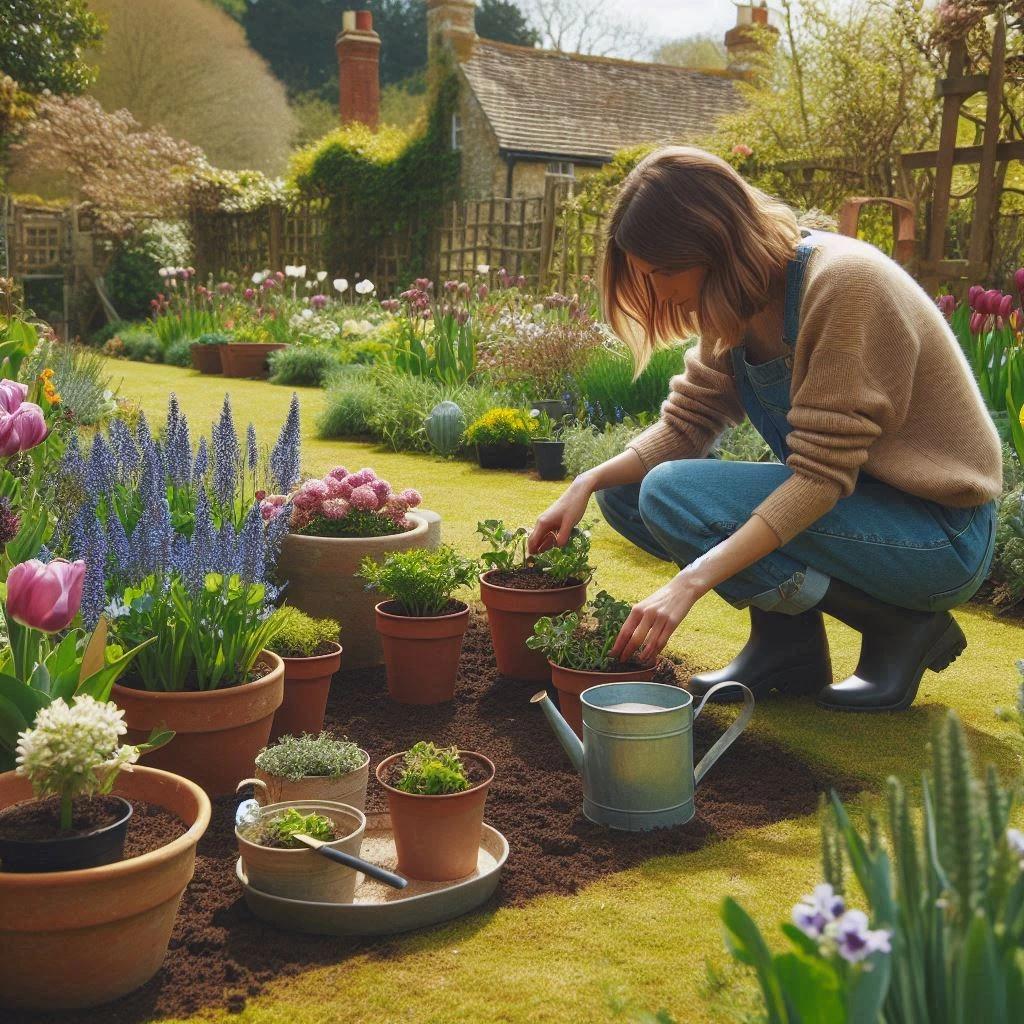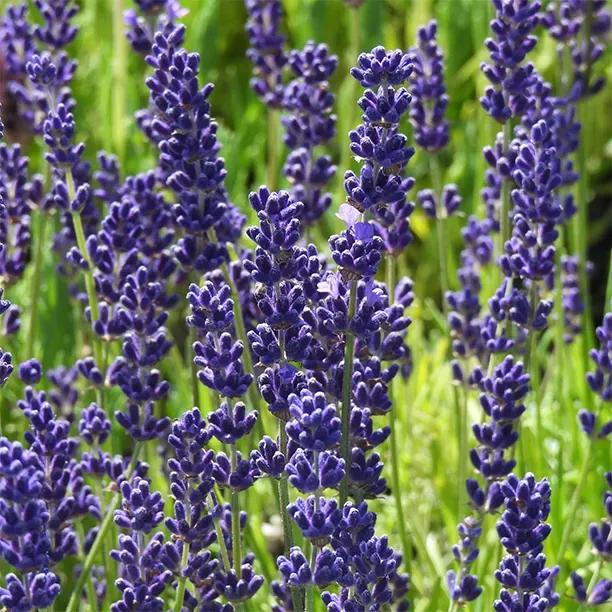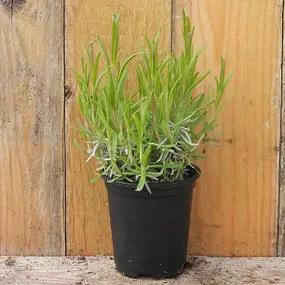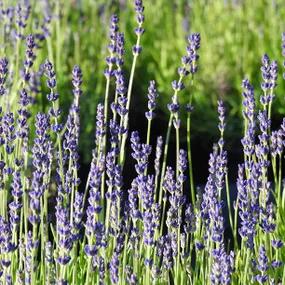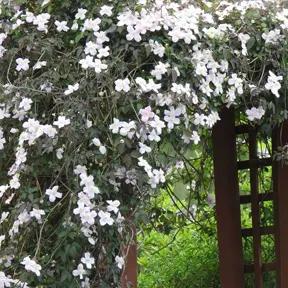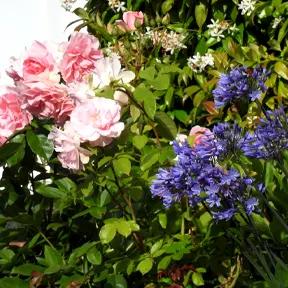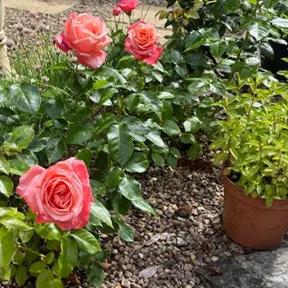Havana Lavender Plants
Modern Contender for Hidcote's Crown
- Best looking lavender in early Spring
- Use: Low hedging / edging, basic topiary balls & shapes
- Flowers: Rich purple-blue spikes
- Flowering: June to September
- Scent: Strong, lavender
- Leaves: Evergreen, aromatic. Silvery when mature
- Height x Spread: 50cm x 50cm
- Unappealing to deer, rodents
- Drought tolerant when established
- Culinary herb - keeps deep purple colour
- Lavandula angustifolia
- RHS Plants for Pollinators
Recommended extras
Buying Havana English Lavender Online
The New Purple-Blue English Lavender On the Block
Latin Name: Lavandula angustifolia 'Havana'
Havana is a much newer variety than trusty Hidcote, Britain's most popular English lavender, so it's not as well known and trusted.
That's set to change, because Havana does everything Hidcote can do, and looks even better doing it.
- Order now, pay later: we don't charge your card until before delivery
- When your order is ready: your mail order Lavenders are delivered by next working day courier (not the next working day after ordering!)
- Friendly support: if there is anything wrong with your plants when you inspect them, Contact Us within 5 working days
Delivery Prices
A typical delivery charge for potted shrubs like Lavender is £8 to £15, depending on the order size, if there are no larger plants like trees in the order as well.
Delivery is calculated automatically during checkout after you enter your delivery address.
Delivery Season
Lavender should be planted into warm soil.
If you plant it too early, before nighttime temperatures rise, the roots get shocked and set back, which is especially bad for little plants.
- The smallest lavenders, in P9 pots, are never shipped before May
- The larger pot sizes are usually shipped from the end of April, but cold weather can delay
Delivery Lead Time
- Typically 2 weeks if the plant is in stock, rather than available to order before its delivery season
- We process orders in batches to keep costs low
- We keep you notified by email
Choosing a pot size
- For window boxes and other containers, starting with the smallest, cheapest plants in P9 pots is great because it pots these little plants up while putting them to use ornamentally
If you plant P9s out directly, the best time is late-May into June when the soil is warm and there is plenty of growing time before Winter. We don't recommend planting P9s out later: larger plants are stronger and will do better over their first Winter. - For quick borders, hedges and edges, or single shrubs that provide instant impact, larger plants in 2 litre pots are ideal. You get more root and more flower in the first year, and they do not look lost planted as a hedge at one every 13" (33cm)
You can safely plant these and larger plants out later in the growing season. - For filling a spot in a mature flower border with a lavender muffin-mound, or for a truly instant lavender hedge, 5 Litre pots are the largest we grow. We reckon Lavender sold in pot sizes larger than 5L has a higher failure rate in its first Winter.
How many plants per metre?
Lavender plants make great low ornamental evergreen hedging.
Spacing an Havana Lavender hedge: Like most evergreen hedging, the default spacing is 3 per metre, 33cm apart in a single row.
About Havana Lavender Plants
Havana is the top competitor for Hidcote's share of deep purple-blue English lavender market, but the two also look smart in rows with the slightly smaller Havana in front.
Features
- Looks better in early Spring than most lavenders
- Use: Low hedging / edging, basic topiary balls & shapes
- Flowers: Rich purple-blue spikes
- Flowering: June to September
- Scent: Strong, lavender
- Leaves: Evergreen, aromatic. Silvery when mature
- Height x Spread: 50cm x 50cm
- Unappealing to deer, rodents
- Drought tolerant when established
- Good Culinary herb - keeps deep purple colour after baking
- RHS Plants for Pollinators
Growing Havana Lavender
- Aspect: Full sun, South facing
- Soil: Well drained is vital, poorly fertile is preferable
- Soil pH: Above 6.5 is best. Likes chalk
- Hardiness Rating: H5 (to -15C)
- Suitable for the coast and windy locations
- Ideal for large pots & containers
In Your Garden Design
Havana is compact, upright and bushy, growing to 60cm x 60cm, with silver-green slim, aromatic leaves that are a joy to brush past. The are white and dark blue, giving them an almost frosted appearance. These open into deep Hidcote purple, highly scented flowers from June-August in most regions.
Lavender really shines as a hedge that you can brush past to release the rich, lingering perfume, evocative of sizzling holidays in the South of France. Plant it either side of a path, where it will soften the edges dreamily with its billowing spikes of scented flowers.
It works well as an alternative to box in a knot garden or parterre, enclosing a vegetable patch, spring bulbs, summer roses or any other perennial planting combination. Use alongside the more traditional rich purple varieties of lavender for a pretty juxtaposition; or plant alongside hardy geraniums, phlox, gaura, penstemons, valerian and lupins to create a heavenly cottage-garden look.
Planting Instructions & Aftercare
Read our guide on how to grow lavender, with a quick pruning video, and the best time to prune lavender.
Trivia Facts
Plant breeder's rights code Arbelpaso, bred by Armada Young Plants B.V. in Holland.
Lavender FAQs
- What's the difference between English, Dutch, and French "Butterfly" Lavenders?
- Can I grow Lavender in the Shade?
- Which Lavender variety is best for cooking?
- Harvesting Lavender Flowers for Oil or For Drying
- Potted Lavender 8:8:8 Watering Rule - More of a Guideline, really
Contact Us
- For general enquiries, use our Contact Us form
- If there is any issue with an order you've placed, or for a quote for a large order, our Sales & Support line is 01963 359 444
It's Summer Planting Season 2025

Pot Grown & Plug Plants Delivered
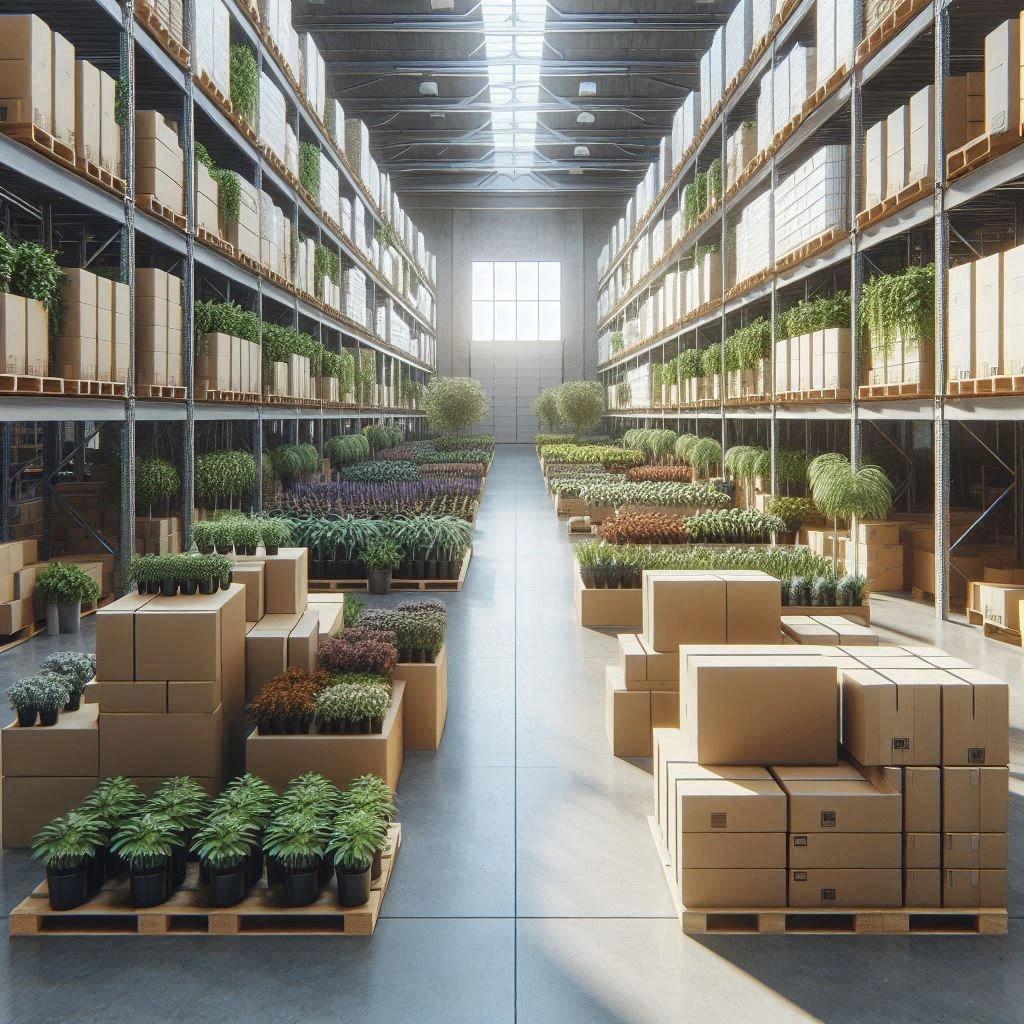
Direct from the Nursery Value

No more broken plants in the post!
